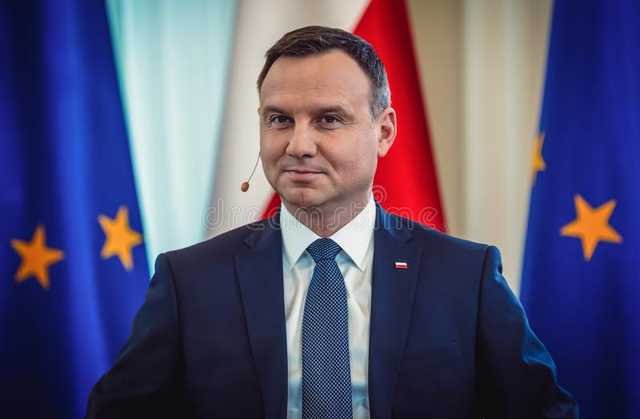For the sixth time in a row, Finland has ranked the happiest country in the world. The nordic country in Northern Europe, with less than 6 million people, emerged at the top of the list according to this year’s world happiness report.
The yearly World Happiness Report is written by a group of independent experts who consider various factors in determining which country is happiest and which is unhappiest.
“Income, health, having someone to count on, having a sense of freedom to make key life decisions, generosity, and the absence of corruption all play strong roles in supporting life evaluations,” the report said.
Other nations that ranked high on the list of the world’s happiest countries are Denmark, Iceland, Israel and the Netherlands. Major countries included in the list are the United States, Canada, Germany, and the United Kingdom. Lithuania also made its way to the top 20 happiest countries. After several years of climbing, it finally made it to the top of the list.
This year’s report was released on Monday as the world marks the annual International Day of Happiness in line with the UNGA resolution 66/281, proclaiming 20 March as a day to celebrate Happiness.
Below is the list of the top 20 happiest countries.
- Finland
- Denmark
- Iceland
- Israel
- Netherlands
- Sweden
- Norway
- Switzerland
- Luxembourg
- New Zealand
- Austria
- Australia
- Canada
- Ireland
- United States
- Germany
- Belgium
- Czech Republic
- United Kingdom
- Lithuania
How the happiest countries are selected
The world’s happiest and unhappiest countries are measured using simple sampling methods. A sizable and inclusive sample is chosen to state how satisfied they are with their lives. The happiest country is then selected based on the percentage of people that say their lives are healthy, pro-social and prosperous. In other words, happiness is measured by what Aristotle called “eudaimonia.”
According to the Encyclopedia Britannica, eudaimonia is the “highest good for humans, the only human good that is desirable for its own sake (as an end in itself) rather than for the sake of something else (as a means toward some other end).”
“A population will only experience high levels of overall life satisfaction if its people are also pro-social, healthy, and prosperous … So at the level of society, life satisfaction and eudaimonia go hand-in-hand,” the report says.
The happiest countries do not necessarily mean that every citizen is maximally happy. However, when the majority of them confirm their level of “eudaimonia” is high, such a country can be called a happy one. Countries with the lowest “eudaimonia” are the unhappiest countries.
The world’s unhappiest countries
While Finland is at the top of the list of the happiest countries, Afghanistan is comfortably at the bottom. It is No. 137 on the list, slightly below Labanon, which ranks No. 136. Notably on the list are the two warring countries, Russia and Ukraine.
The report noted that benevolence has increased in Ukraine and there is also greater trust in the government of Ukraine, while the opposite was the situation in Russia.
“Both countries shared the global increases in benevolence during 2020 and 2021. During 2022, benevolence grew sharply in Ukraine but fell in Russia,” the report stated. “Despite the magnitude of suffering and damage in Ukraine, life evaluations in September 2022 remained higher than in the aftermath of the 2014 annexation, supported now by a stronger sense of common purpose, benevolence, and trust in Ukrainian leadership.”
Even at that, Russia is No. 70 on the list and Ukraine is No. 92. The report suggested that it was time the governments of different countries prioritise the happiness of their people, quoting the words of Adam Smith [1755], who said: “Little else is required to carry a state to the highest degree of opulence from the lowest barbarism, but peace, easy taxes, and a tolerable administration of justice; all the rest being brought about by the natural course of things.”








0 Comments